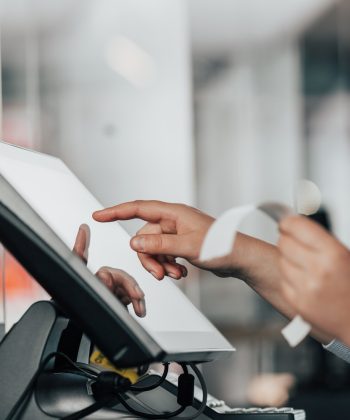As a college student, you might find yourself attending formal dinners, networking events, or special celebrations that require a bit more sophistication than your usual pizza night. Gaining an understanding of fine dining etiquette can enhance enjoyment and reduce the apprehension associated with these experiences. Whether you’re dining with professors, potential employers, or friends, mastering the basics of fine dining manners will leave a lasting positive impression.
In addition to improving your social skills, learning proper dining etiquette can also enhance your confidence in various settings. If you’re ever feeling overwhelmed with your busy schedule, remember that there’s always an academic writing service that can write my research paper for me. This can free up time for you to focus on important social skills, such as dining etiquette, which can be just as crucial as your academic journey.
The Basics of Fine Dining Etiquette
Setting the Table
Understanding the layout of a formal table setting is your first step toward mastering fine dining etiquette. When you sit down, you’ll notice multiple forks, knives, spoons, and glasses. A helpful guideline to remember: utensils are arranged based on the sequence of their use, starting from the outside and moving inward. Start with the utensils furthest away and move inward as you progress from one course to the next. Typically, forks are arranged on the left side, while knives and spoons are placed on the right side of the place setting.
Napkin Etiquette
As soon as you are seated, promptly place your napkin across your lap. If you must leave the table for a moment, place your napkin on your chair to signal that you will return. When you have finished eating, fold your napkin neatly and place it on the left side of your plate. Avoid wiping your face with the napkin. Instead, gently dab your lips if necessary.
Understanding the Courses
Fine dining meals are often served in multiple courses, each with its own set of utensils. Being aware of what to expect during the meal can assist you in managing the dining experience with ease. Common courses include appetizers, soup, salad, the main course, and dessert. Pace yourself, and don’t feel pressured to finish everything on your plate. It’s perfectly acceptable to leave some food if you’re full.
Conversational Etiquette
Engaging in Polite Conversation
While enjoying your meal, it’s important to engage in polite conversation. Avoid engaging in polarizing discussions about topics such as politics or religion and choose instead to converse about lighter and more enjoyable subjects. Asking about the food, discussing hobbies, or talking about recent travels are all safe bets. Remember to listen as much as you speak and show genuine interest in others’ stories.
Handling Interruptions
If you’re in the middle of a conversation and your food arrives, politely excuse yourself to the person you’re speaking with. You can resume your discussion after acknowledging the server and ensuring you have everything you need.
Using Technology
It is advisable to keep your mobile phone silent and concealed during fine dining occasions. If you must take a call or check a message, excuse yourself and step away from the table. This action demonstrates respect for the people you are dining with and helps preserve the meal’s refined atmosphere.
Dining Etiquette for Different Courses
Appetizers and Soups
For appetizers and soups, use the smaller utensils provided. If bread is included with your meal, gently tear it into manageable pieces instead of biting directly into the whole piece. For soup, remember to spoon away from you to avoid spills, and sip quietly from the edge of the spoon.
Main Course
The main course often involves multiple utensils and may require specific techniques. For instance, when slicing meat, use your right hand for the knife and your left for the fork, switching the fork to your right hand for eating. Regular practice is key, so take the opportunity to get accustomed to these dining techniques even while at home.
Dessert
Dessert typically involves smaller forks and spoons. Do not begin eating until each person at the table has received their portion. Enjoy your dessert slowly, savoring each bite, and be sure to use the appropriate utensils provided, including dessert forks and spoons for each specific course.
Special Considerations for College Students
Dining with Professors or Employers
When dining with professors or potential employers, it’s crucial to display your best manners. This shows respect and can positively influence their perception of you. Pay attention to your posture, chew with your mouth closed, and refrain from talking with your mouth full.
Networking Events
Fine dining events often double as networking opportunities. Use these occasions to build connections by engaging in meaningful conversations. Introduce yourself confidently, offer a firm handshake, and exchange business cards if appropriate.
Conclusion
Mastering fine dining etiquette is a valuable skill that can enhance your social interactions and boost your confidence in various settings. By understanding the basics of table settings, engaging in polite conversation, and handling different courses with grace, you can navigate formal dining experiences with ease. Remember, practice makes perfect, so take every opportunity to refine your skills. Savor your meals, forge significant relationships, and persist in your academic and social development.

